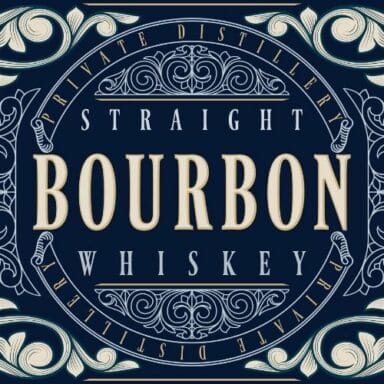

On the flip side, if you order a rye and there’s a kettle corn or a caramel element, it’s likely a rye cut with some serious corn in that mash bill.Īre the differences huge? Maybe not to the uneducated palate. So if you get a spicy bourbon, it’s clearly due to that whiskey’s mash bill being cut with a high rye content. That all being said, each style has a unique baseline. In short, there’s a lot of possibility for overlap - depending on whatever tinkering the distiller does with their various expressions. Likewise, high-rye bourbons like Basil Hayden’s add a lot of spicy depth to the average bourbon. That makes that particular expression the perfect candidate to get a bourbon lover into rye since there’s a huge overlap in the taste department. Here’s the rub: since both rye and bourbon only need 51 percent of either rye or corn in their mash bill, that other 49 percent can greatly affect the end result.įor instance, Rittenhouse Rye has a 51 percent rye mash bill with a high-corn content. If there’s an apple note, it’s more a fairground candied apple. Bourbon, on the other hand, leans more into sweet caramel and subtle vanilla. Black pepper, chili peppers, heavy doses of cinnamon and allspice, maybe even some green pepper florals come through with notes of fruit (apples, pears, peaches, cherries, and more). Very generally, ryes tend to be both spicier and more fruit-forward. And, that folks, is where rye and bourbon diverge greatly.

Let’s track this: If you’re using an ingredient with six times as much sugar, you’re going to get a very different taste in whatever you’re making. An exact temperature to accommodate those yeasts gorging on the sugars in the grains and cereals is met and - ta-da! - fermentation happens. Grains or cereals (or a mix of several of those things) are put into water and yeast is added. When you’re starting out any spirit, you start with the fermentation. White corn has about three times that and yellow corn has about six times as much sugar per 100 grams.Rye has about 1 gram of sugar per 100 grams of grain.While different distillers will use different types of corn for their mash bill, let’s keep this to the basics:

Rye has a much lower sugar content than corn. These are similar whiskeys with one ingredient exception and were even birthed in very close proximity to one another.Ĭorn is not rye or vice versa. Where rye whiskey has to have 51 percent rye as the base of its mash bill, bourbon needs 51 percent corn (or maize) as the base of its mash bill.Įverything else is the same - from the barreling times to the proof levels.Īt this point, it’s okay to ask, “what’s the big difference then?” with a bit of an eye roll. Bourbon has all the same rules above except for one. What Is Bourbon Whiskey? Unsplashīourbon, which came to be between the hollers of Kentucky, Tennessee, and Virginia, is a very similar beast. That, again, can create a massive amount of variation in both taste, texture, and consistency. But after that, it can be finished in any barrel the distiller sees fit. Yes, rye has to be barreled in new American oak for at least two years. Within that range, the exact amount of any one grain is clearly going to change the flavor of a drink.

The mash bill for rye can be anywhere from 51 to 100 percent. That’s what makes a rye whiskey a rye whiskey.


 0 kommentar(er)
0 kommentar(er)
